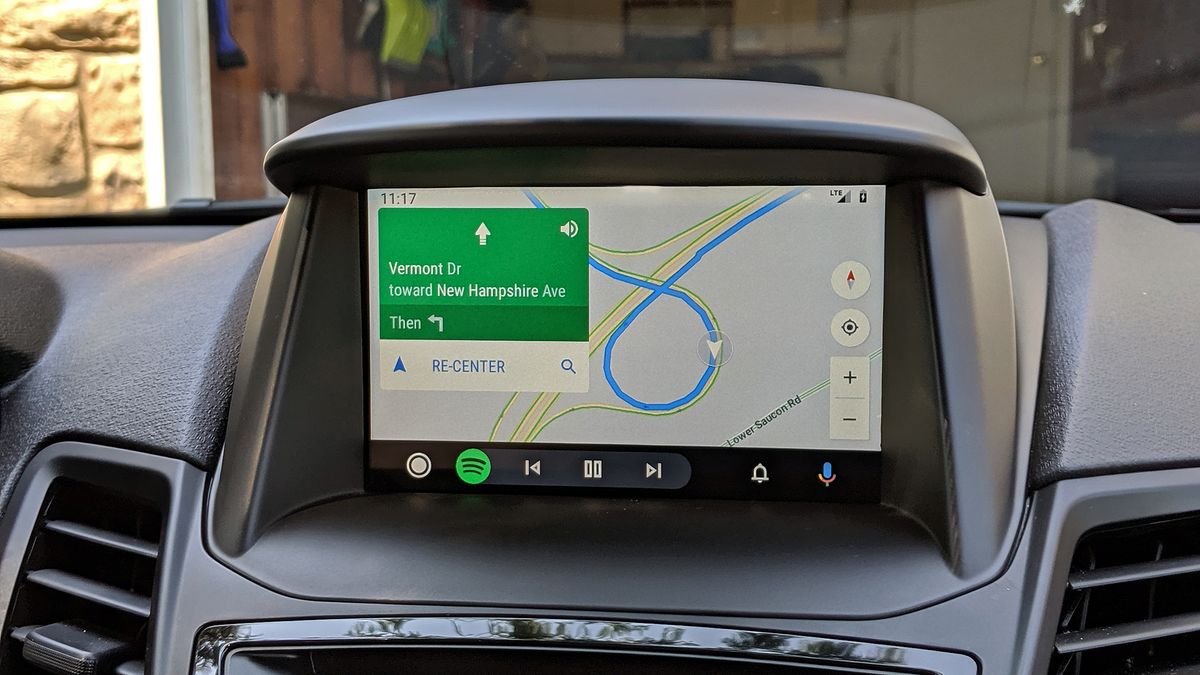Slowly however absolutely the largest navigational apps are beginning to be a little bit extra thoughtful of electrical automobile drivers. Google Maps on Android Auto is the newest one to keep in mind that EV drivers do nonetheless exist, and can now cease suggesting fuel stations to individuals who don’t really need gasoline to get round.
Common Google Maps homeowners will know all in regards to the Classes menu, which presents shortcuts to commonly-searched areas. Eating places, loos, supermarkets and, you guessed it, fuel stations. The fuel station choice usually sits on the prime of that menu, even in the event you’re driving an electrical automotive, however now Google lastly removed it — and swapped in a charging factors choice as an alternative.
Any EV driver is aware of that discovering your self working out of energy might be fairly harrowing. Looking for a charger within the neighborhood might be tough sufficient, but it surely’s even worse whenever you’re driving and making an attempt to get your map to search out the closest charging station.
Having an simply accessible shortcut, and never being inundated with fuel station areas, ought to make that scenario a bit simpler. Particularly in the event you’ve already informed Google Maps what automotive you may have, what sort of charger it takes and what kind of charging speeds you need. As a result of there’s no use going to a charger that’ll take a number of hours to recharge, or has an incompatible plug.
It’s value noting that this alteration solely appears to use to Google Maps on Android Auto. Opening up the Google Maps app on my Android telephone reveals there’s nonetheless a quick-launch class for gasoline, with no signal of any openly-dedicated EV options. These are hidden away in menus, like at all times.
It’s a small change, and it doesn’t actually make up for the very fact Android Auto is missing the place deep electrical automotive integration is worried. A number of fashionable electrical come working software program that gives most of the identical sensible options as Android Auto, together with navigation.
The principle distinction being that being put in on the automotive, reasonably than an exterior system like a smartphone, means it might probably entry information from all of the automotive’s programs — together with battery percentages and vary. Meaning in-car navigation can account for charging in route planning, and adapt to any modifications that occur in actual time. Google Maps on Android Automotive OS can do that.
However progress is progress, and someday quickly possibly we’ll get a model of Google Maps that may supply a bunch of higher EV routing choices. Till then any replace that makes it simpler to search out an acceptable charging level is a win.

